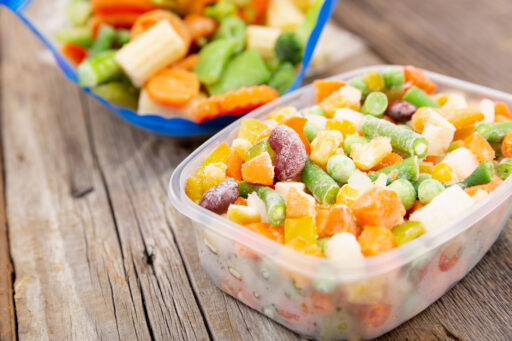
Freezing Summer Veggies
I don’t know about you, but this summer I have been awash in the bounty from my container garden. So many tomatoes, I was forced to make sauce because I couldn’t use them up fast enough. So many herbs, I was adding them to just about anything and everything. And the farmers’ market tables are overflowing with a riot of color, mounds of perfect produce — ripe heirloom tomatoes, corn as sweet as candy, and summer squash of every variety imaginable. The trick is not letting any of this goodness go to waste.
Winter is coming soon, and before we know it, our gardens will be fallow, and all that will be left at the market until spring will be apples, carrots, potatoes, celery root and kale. Plenty of people are intimidated by canning. I understand. But if you have ample freezer space, freezing produce is an excellent option for preserving the summer harvest for the bleak winter months. Frozen vegetables retain far more of their nutrients compared with commercially canned veggies. If frozen properly, neither texture nor flavor is lost.
First, a Few Tips:
- Use the freshest produce you can find, and freeze it as quickly as possible. Make sure to choose organic or homegrown veggies. If you do use produce from the grocery store, be sure to avoid these 12 most toxic fruits and vegetables due to their high pesticide levels.
- Wash and dry everything thoroughly. Remove pits and seeds, and cut into uniformly sized pieces.
- Freezer bags are best, as you can suck the air out, but a vacuum seal system is even better. If you do use plastic or glass containers, remember to leave about 10% headroom for expansion. Ball makes freezer safe glass jars, by the way.
Heat Treatment: Blanching
Freezing slows enzyme action, but it doesn’t completely stop it; therefore, most produce requires some method of heat treatment — usually blanching — to deactivate the enzymes that cause ripening, and to preserve color, texture and flavor.
To blanch vegetables, place the prepared vegetable pieces in a pot of boiling water. Don’t skimp on the water; use about a gallon of water per pound of prepped vegetables. Time the blanching from the time the water returns to a boil after submerging the produce. After the prescribed time has passed, remove the vegetables and plunge them into an ice water bath for the same amount of time that you boiled them.
Basic Methods for Summer’s Most Popular Produce:
Beans: Wash and trim ends, cut into pieces if desired. For whole beans, blanch for three minutes; for cut beans, blanch for two minutes. Dry, pack, seal and label.
Corn: For kernels, remove husks and silks, and trim ends. Blanch medium-sized ears, 3-4 ears at a time, for five minutes. After blanching, cut kernels from cob, pack, seal and label. For whole corn on the cob, remove husks and silks, and trim ends. Blanch medium-sized ears for eight minutes. Wrap each individually and store in bags. Seal and label.
Eggplant: Cut into slices, sprinkle with salt and allow to macerate for 30 minutes. Pat dry and sauté gently in olive oil until just tender. Cool, pack, seal, and label.
Fresh Herbs: For basil, water- or steam-blanch for one minute. (For other herbs, blanching is not necessary.) Then freeze leaves in a single layer on a cookie sheet. Freeze pesto in ice cube trays and then pop the pesto cubes into a bag for easy portions.
Peas: Shell garden peas. Leave snow or sugar peas whole. Blanch for one and a half minutes, dry, pack, seal and label.
Peppers: Peppers — from bell peppers to all types of chili peppers — don’t require heat treatment. Freeze them whole or sliced.
Tomatoes:
- Method 1: Wash, cut into halves, quarters, or leave whole. Pat dry and pack into freezer bags. Remove air, label and seal.
- Method 2: Dip into boiling water 1 minute. Remove and peel. Place on a tray and freeze for 30 minutes. Place in plastic bags, remove air, seal and label.
- Method 3: Simmer chopped tomatoes in a pan for 5 minutes or until soft. Push through a sieve or food mill to remove skins and seeds. Cool and pack in plastic containers, leaving 10% headspace.
Zucchini & Summer Squash: Wash, trim ends, cut into slices or strips, and water blanch for three minutes. Pat dry, pack, seal and label.
Most stored frozen produce should be good for nine to 12 months.
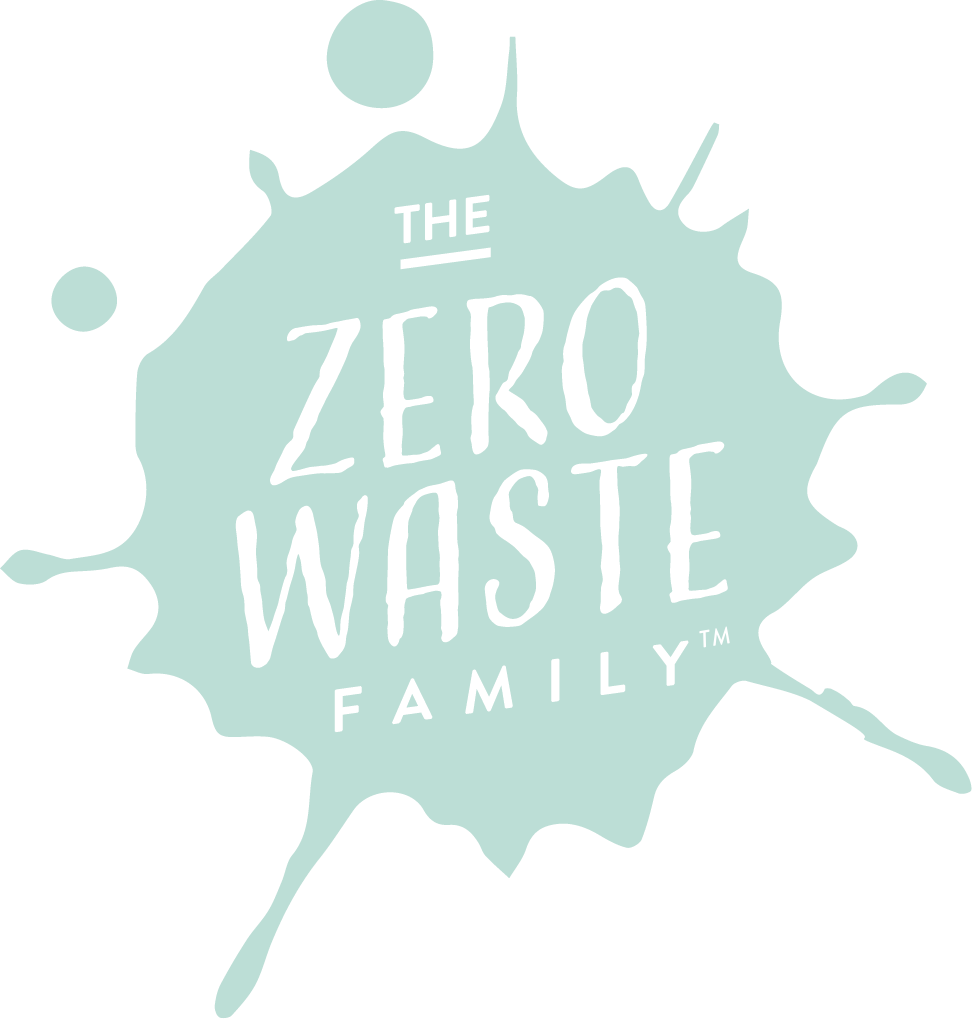
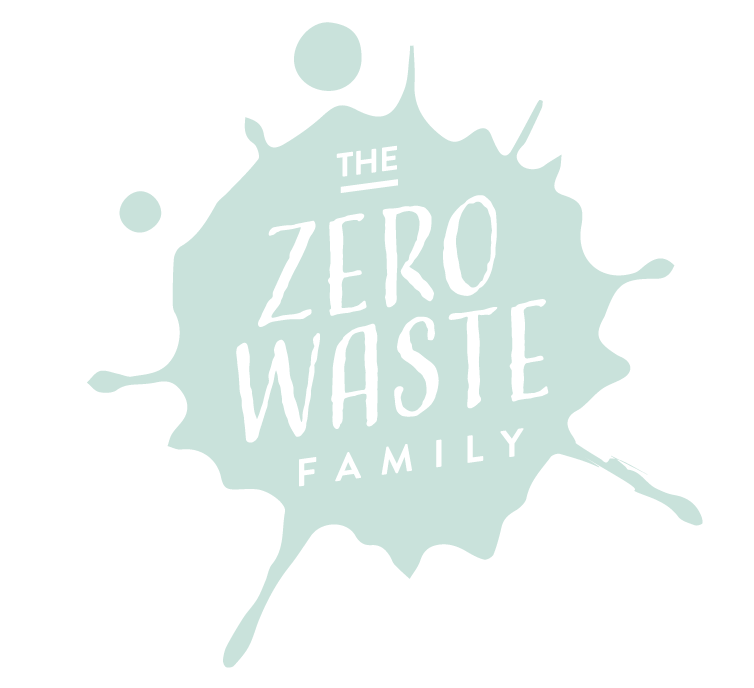
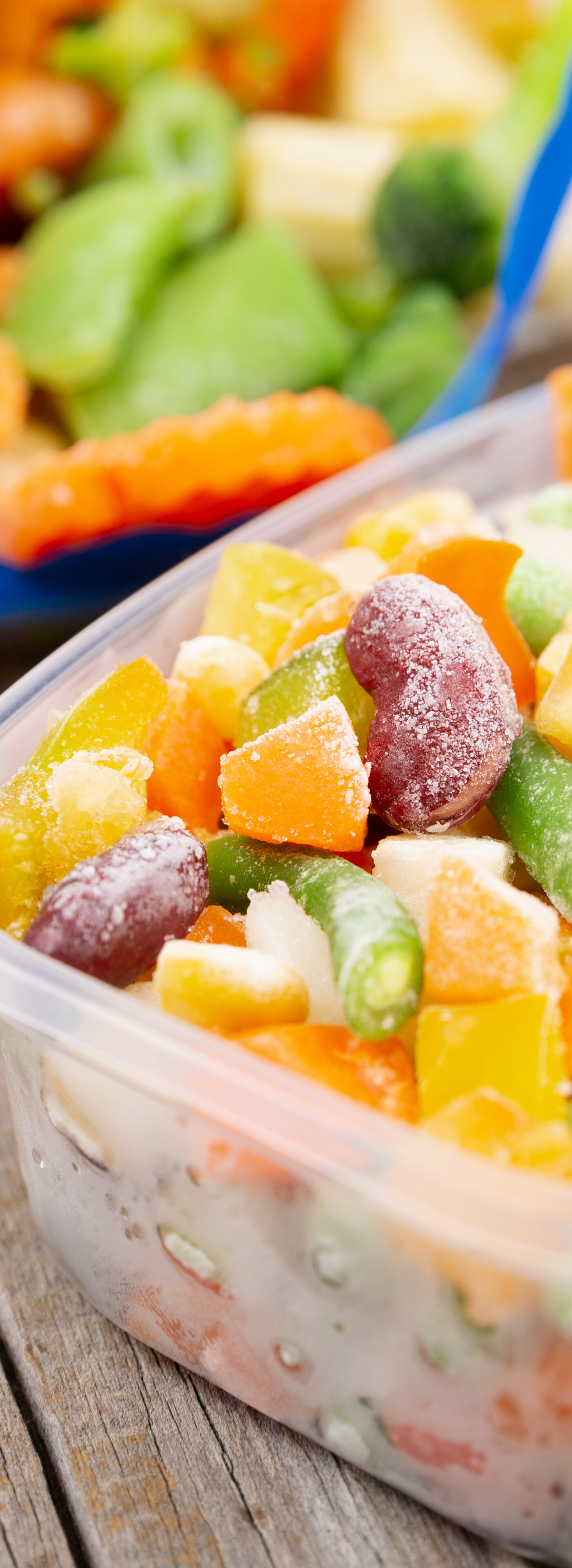
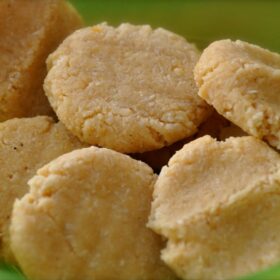

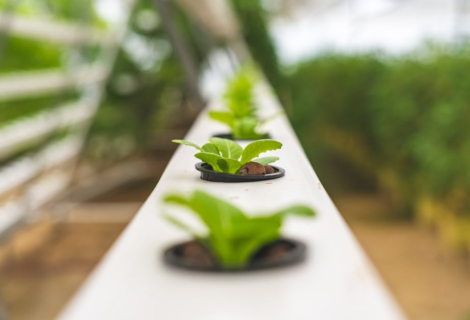
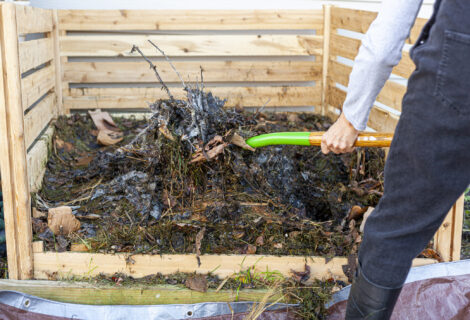
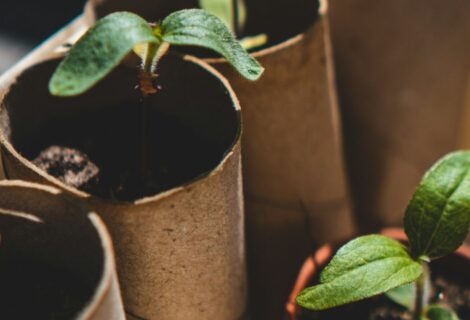
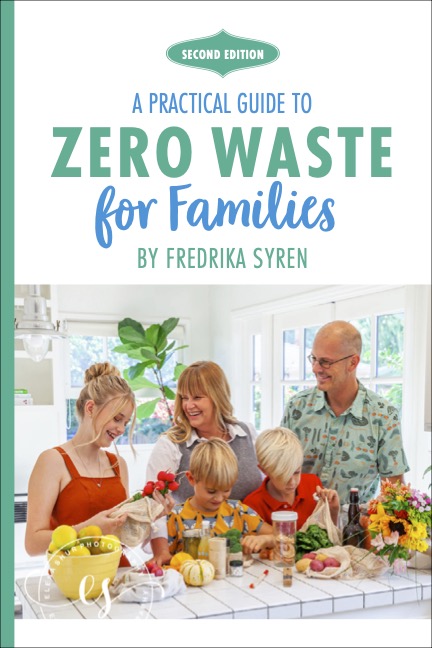

mrssnow1
I’ve been looking for something like this. Great tips on freezing fresh veggies for the winter. How did you get so many left over tomatoes? How many tomato plants did you have originally this season? Granted we just had 2 tomato plants but one of ours died early, and the other only sprouted maybe 12 heirlooms total. But we go through about 5-6 tomatoes a week. How many tomato plants do you recommend planting each year?
Kim Robson
I had two plants, but because of the wicked heat we had in SoCal this summer, I ended up with loads of green tomatoes on the vine not ripening. Eventually they caught up, but instead of getting a steady stream of tomatoes all summer long, I got a late season tsunami all at once.